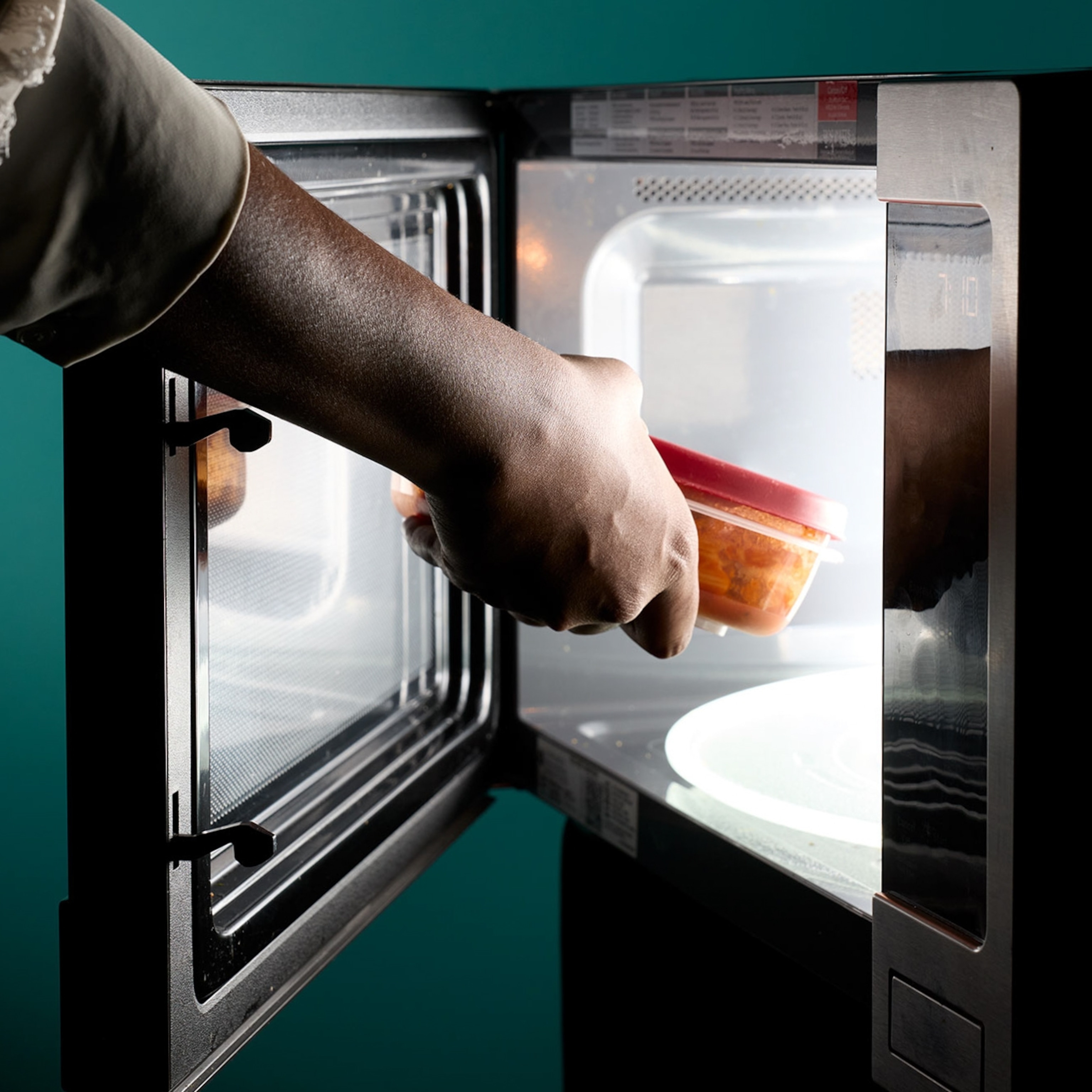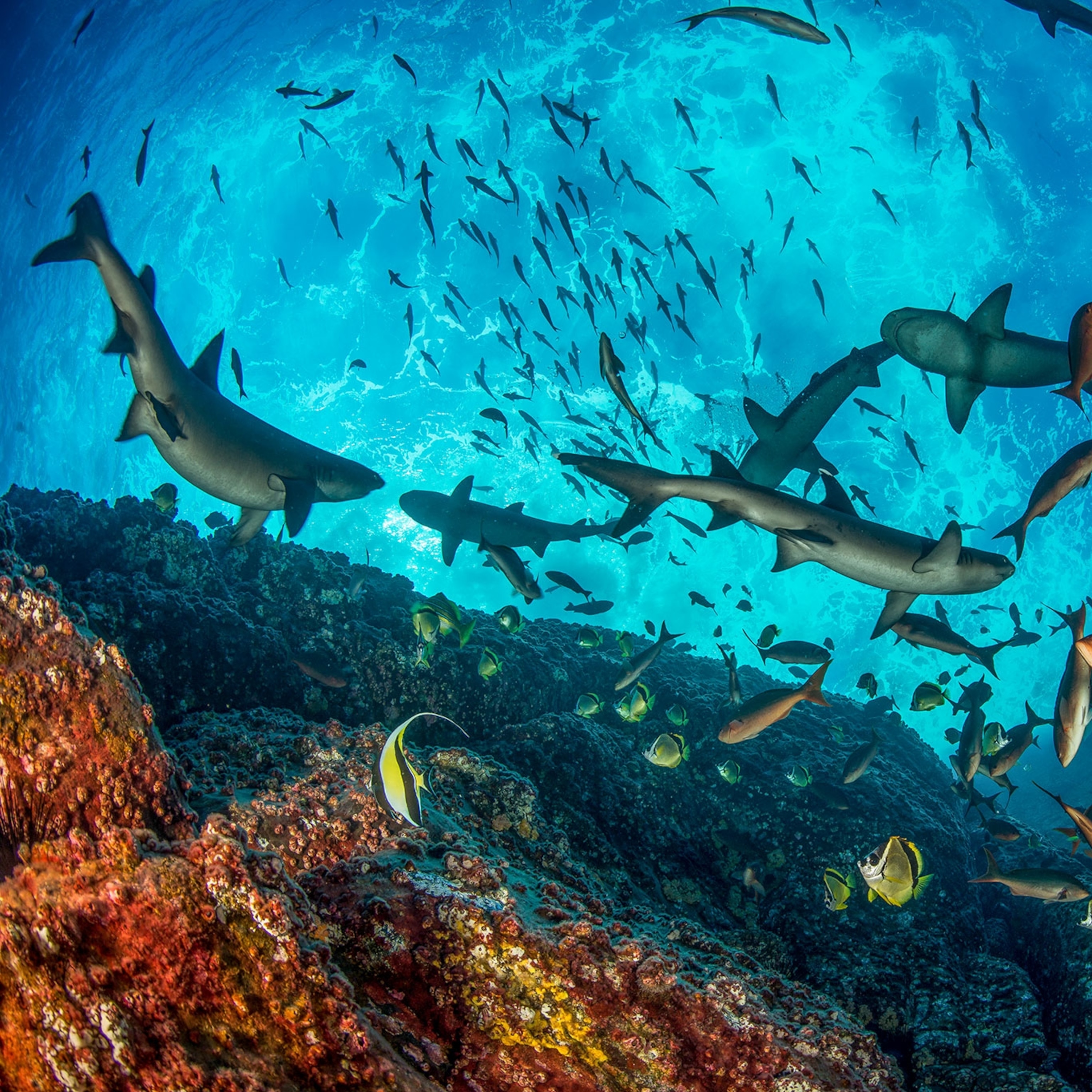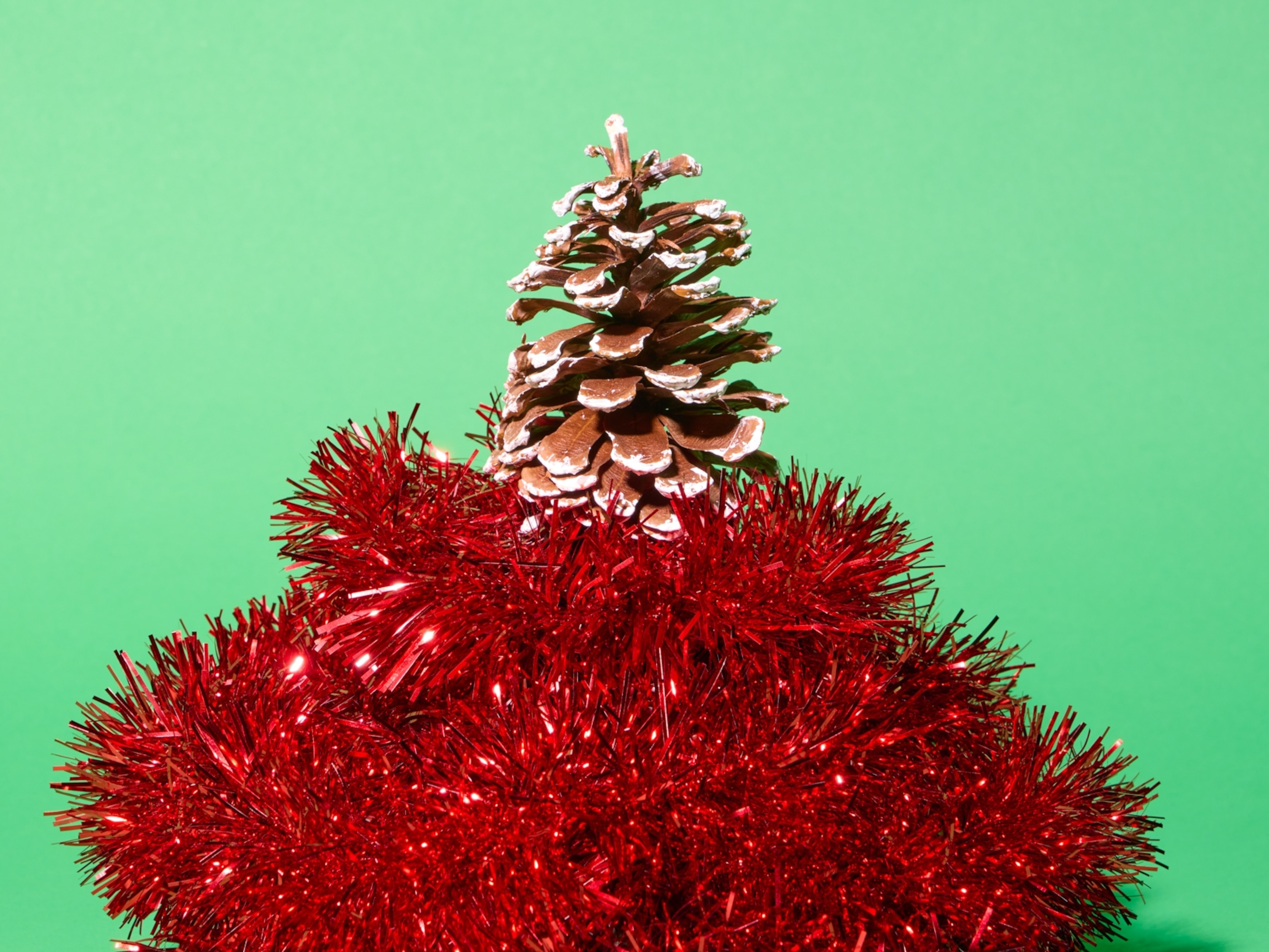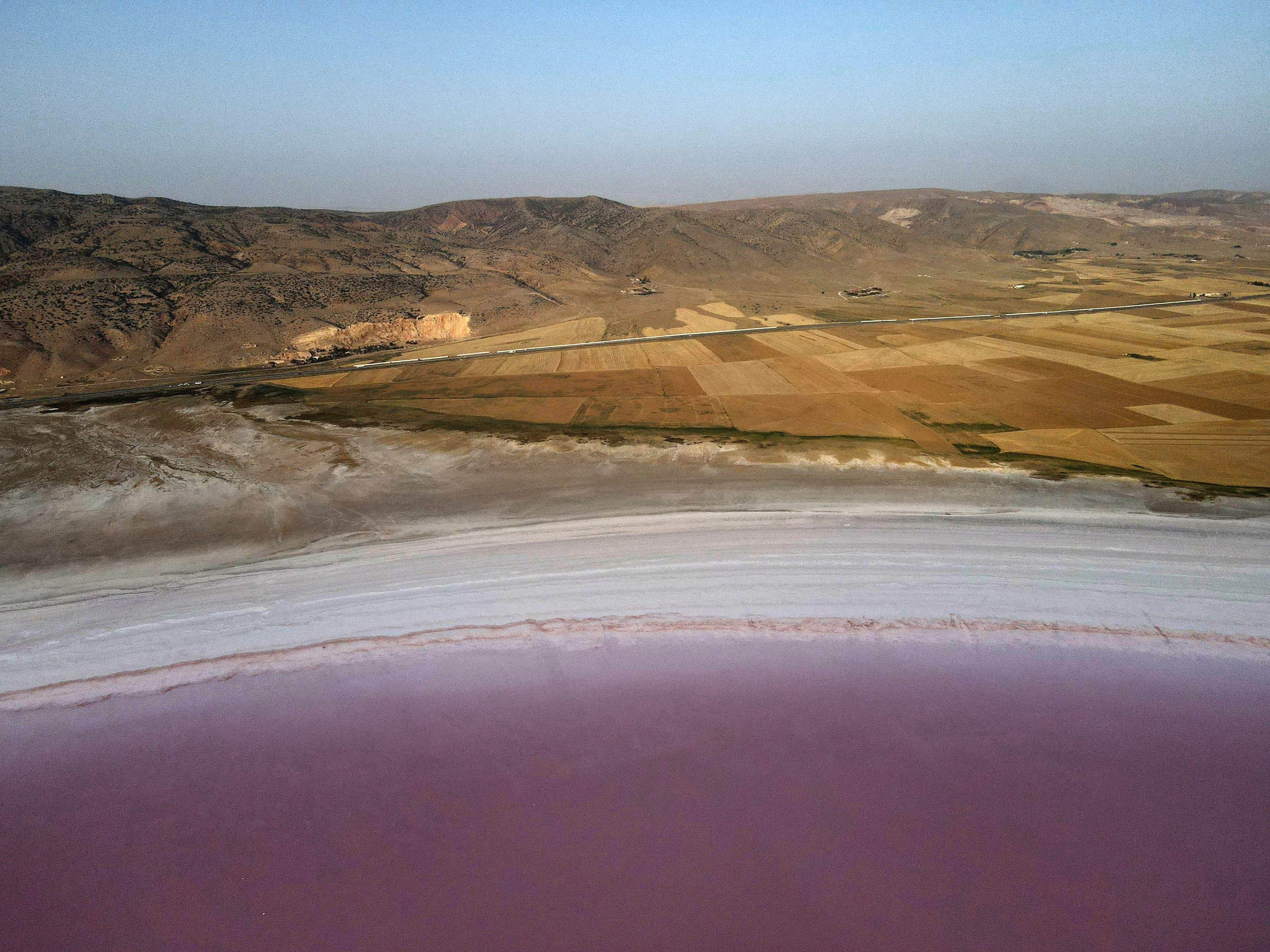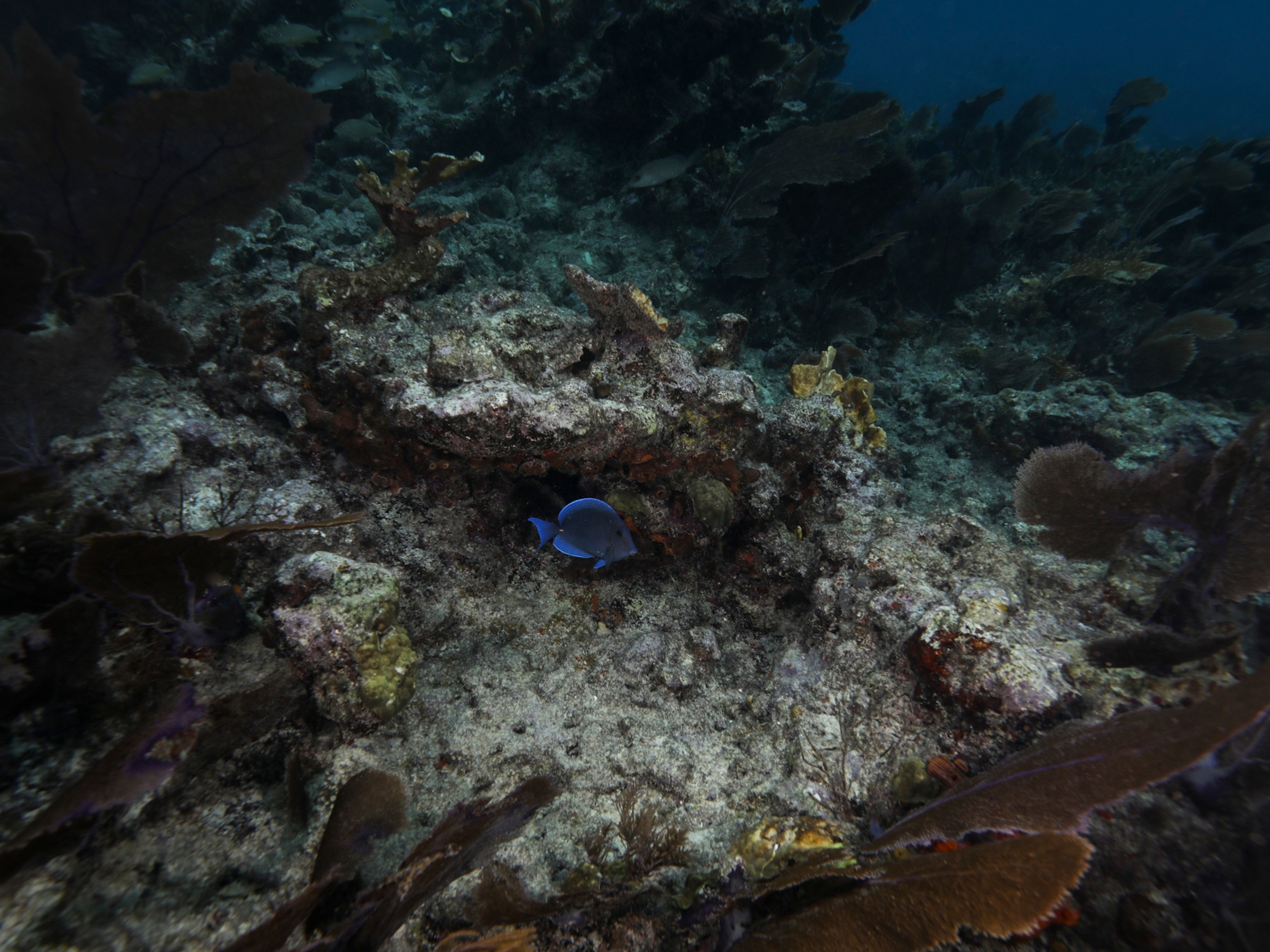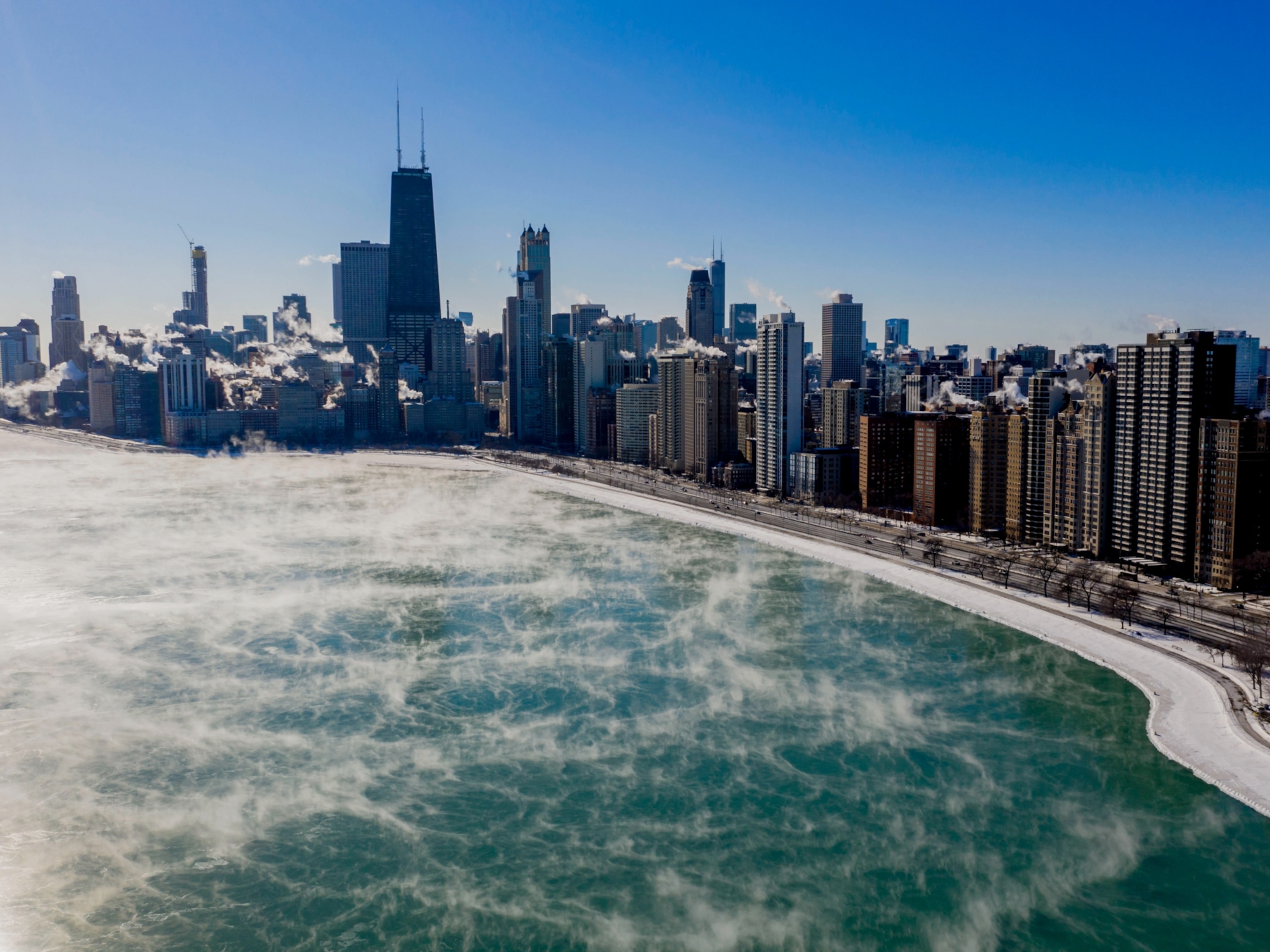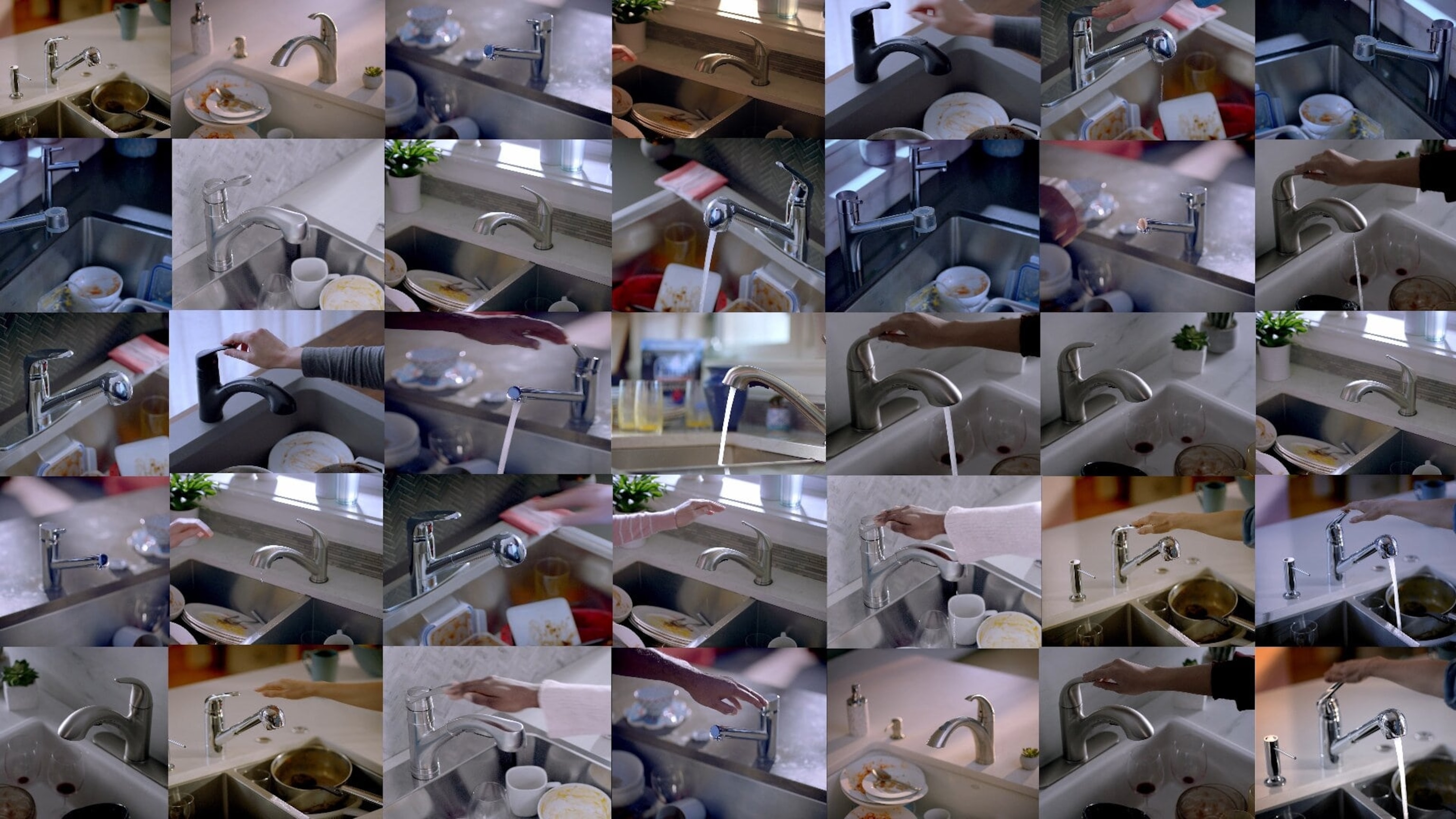
Join the Millions
As the United States faces an uncertain water future, millions of Americans are coming together to conserve water every single day.
With its abundant lakes and rivers, it can be hard to imagine that the United States could face water scarcity—but it’s a growing threat. Each year, more and more Americans are realizing the danger and taking action to protect this essential yet finite resource. Climate change is drying up rivers and resulting in shrinking snowpack and decreased snowmelt, while human population growth is increasing demand on water supplies and straining reservoirs and aquifers. Forty out of 50 states expect water shortages within the decade, and some states are already facing water crises. Citizens from across the country are working to combat the crisis and have sparked a movement that’s inspired millions of Americans to join the effort. These changemakers range from small businesses reducing their water consumption, to educators sharing water conservation lessons with schoolchildren, to impassioned young people taking a stand for their future.
Here are four water heroes who are making a difference:
Dr. Sharon Megdal, Tuscon, Arizona
Dr. Sharon Megdal never dreamed that she’d work with water. An unexpected appointment as a utility commissioner in 1985 ignited a career-altering obsession with water supply and policy for the Princeton-trained economist. Now the director of the University of Arizona’s Water Resources Research Center (WRRC), she frequently speaks about the severely over-allocated Colorado River, which provides water for nearly 40 million people, and the need for citizens to reduce their water consumption.
“Safe, reliable water resources are considered a top environmental concern in the United States, but a lot of people aren’t aware of what they can do in their own community to conserve water and protect the environment,” Megdal said at a conference for International World Water Day. To tackle the challenge, she co-created the WRRC’s innovative Conserve2Enhance water conservation program, which offers a free online tool to track usage and encourages participants to donate their water bill savings to local environmental causes. “This idea of connecting individual water users with environmental conservation projects can serve as a model for other parts of the world,” Megdal said.
Mike Gaglio, El Paso, Texas
Biologist Mike Gaglio is crazy about plants—and creating new water sources so they can thrive. In order to build regenerative landscapes, you also have to “plant the water,” Gaglio teaches, and harvesting rainwater is a crucial practice to preserve existing resources in the arid Southwest. The environmental services company he cofounded, High Desert Native Plants, champions conservation in the borderlands by rescuing endangered plants, restoring wetlands, and developing custom rainwater harvesting systems so El Paso area residents draw less from the overtaxed Rio Grande River.
“The way we’re currently using water in this area is just not sustainable,” Gaglio told the El Paso Herald Post. “We’ve got to do a better job of managing, and we’ve got to conserve more of the water that comes down that river.”
Celeste Tinajero, Reno, Nevada
Raised in a socially conscious family, Celeste Tinajero couldn’t bear to see her Reno, Nevada, high school’s outdated bathrooms continue to leak water in her drought-stricken state. She led her school’s Eco Warriors Club to win a $12,000 GREENevada grant to retrofit the bathrooms with low-flow faucets and toilets, auto-sensor lights, and automatic hand dryers. The following year, she rallied support for the installation of a water refilling station in the school, which has saved an estimated 37,000 single-use water bottles to date.
Her success helped Tinajero discover her life’s passion: educating young people about the environment, which she proudly does “wholeheartedly!” Granted a Brower Youth Award for her efforts to promote ecological sustainability, the activist is pursuing her degree in education and continues to change Reno for the better serving as an AmeriCorps volunteer developing curriculum on water conservation and sustainable living for local schools.
Shreya Ramachandran, Fremont, California
Witnessing the devastating effects of drought in rural California and India at the age of 11 spurred Shreya Ramachandran to action. She devoted years to researching the reuse of grey water—lightly used water from sinks, showers, and laundry—and painstakingly tested the environmental safety of organic detergents.
The nonprofit Ramachandran founded, the Grey Water Project, has inspired thousands of people to build their own “laundry to lawn” grey water systems. Now a high school senior, she’s collaborated with several California water agencies and the United Nations Global Wastewater Initiative, and created a grey water curriculum for elementary students to show them that small actions can make a big difference.
“I’ve learned that even though I am young, I can make a positive impact in my community,” said Ramachandran, whose work has earned her a President’s Environmental Youth Award and the 2018 Gloria Barron Prize for Young Heroes. “If I want to change something, I have to go out and make that difference instead of waiting for someone to do it for me.”
The efforts of these crusaders and many others are having an effect—a 2018 U.S. Geological Survey report revealed that domestic water use has dropped by 27 percent since 1980. But much more needs to be done to ensure our future water supply: Americans still use on average more water per day (82 gallons) than other wealthy nations such as the United Kingdom (37 gallons). Consumers can join the changemakers by taking steps to reduce their own usage. These actions may be as simple as taking shorter showers and installing water-efficient fixtures and appliances. The time-saving act of not pre-rinsing dishes before loading the dishwasher alone can save 20 gallons of water per load. By doing our part at home, all Americans can be water heroes.
